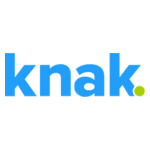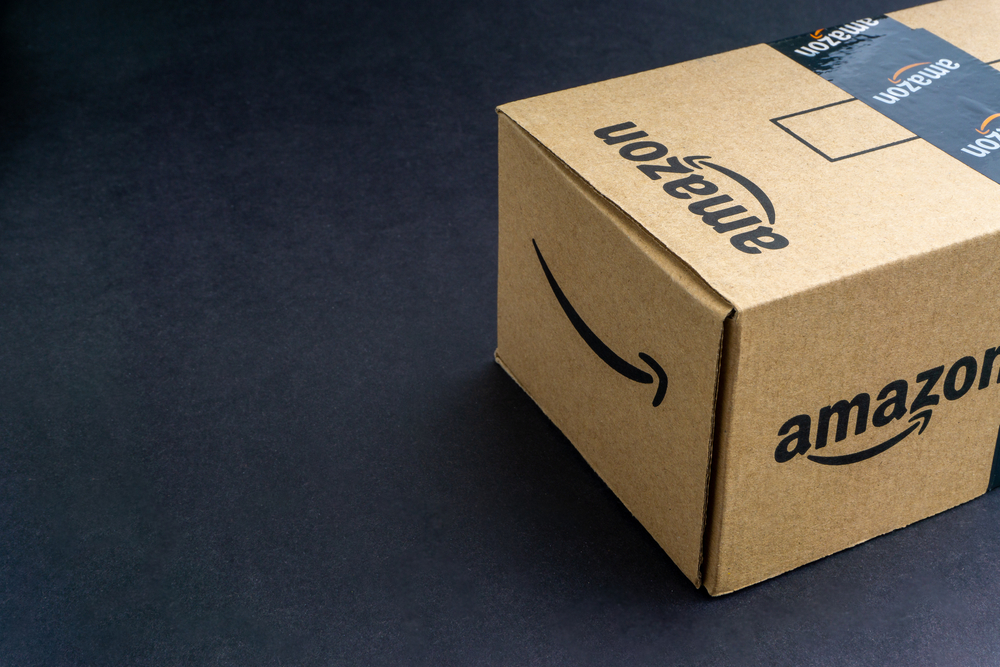The Future of Marketing has Businesses Returning to Print
 In the last two decades, marketing dollars have shifted from print to digital. Newspapers and magazine ads were replaced with online banners, and radio and television had to compete with the internet and social media. Trends can come back. According to recent studies, marketing targets are tiring of the increasing barriers that come with digital marketing and are reverting to more traditional methods of reaching consumers.
In the last two decades, marketing dollars have shifted from print to digital. Newspapers and magazine ads were replaced with online banners, and radio and television had to compete with the internet and social media. Trends can come back. According to recent studies, marketing targets are tiring of the increasing barriers that come with digital marketing and are reverting to more traditional methods of reaching consumers.An ongoing change in dynamics requires marketers to pay attention to external factors driving digital advertising delivery technologies, such as ad blockers, ad skipping, and other elimination or prioritization approaches. A high-value customer may never see an email because they have been removed from the list or have been blocked.
A person will be bombarded with thousands of advertisements on a daily basis, and the majority will never be seen or acted on. Even a relatively simple decision-making process can become paralyzed by the amount of input consumers are receiving. A more traditional route is being looked at by marketers.
Print marketing is still going strong.
Print is still alive and well. It continues to offer great opportunities for targeting customers and is expected to see more gains. A recent Sequel report shows that marketers mailed over 8 billion pieces in the first quarter of the year. Newspapers and magazines are trusted more by consumers than any other advertising channel. Four out of five Americans trust print ads, with newspapers and magazine ads being the most trusted channels.
Digital interactions give multiple senses a chance to interact. A print campaign with a physical touch can make a difference. Direct mail can be used to meet a customer where they are. It is possible to keep the direct engagement for a moment of peace and interaction while sipping a cup of coffee or waiting for a child’s soccer practice to end.
There is a way to build a multi-channel campaign.
The onslaught of solicitations has marketers fighting for attention. To get the right to spark interest and engagement, messaging needs to be relevant and useful.
The marketing output can provide a unique experience, but needs to be complete to stand on its own. Each piece should be able to stand on its own and not leave a void. A successful integrated marketing effort is more than just messaging; each component provides engagement, fosters curiosity and gives an opportunity to engage further. Email marketing and other digital strategies are vital in reaching your identified customers, but print and especially direct mail can target those you can’t reach digitally. Gaps in customer interactions can be determined by measuring results, and with an 80% miss rate on emails, follow up should be direct mail.
Print marketing is alive with flexibility and can appeal to the modern-day consumer. One example of interactivity with print is the use ofQR codes; other techniques such as visual enhancements and augmented reality are also used in print advertising. Examples of how to engage and drive desired activity can be found in the US Mail. Every time there is a chance to engage a customer, there is a chance to create a response to advertising.
A printed page can be amazing. The audience will fall in love with the jacket, car or trip of their dreams if they see an advertisement in print or direct mail. The printed page is the media of the past. Every advertiser needs to have a direct mail and print media strategy.
Ross Youngs is an environmental scientist and CEO of Univenture, a full-service designer, manufacturer and distributor of packaging products. With more than 75 issued patents to date, the Univenture team is one of the leading providers of sustainable, bio-degradable and reuseable plastic.





![6 Ways To Increase Your Backlink Profile Without Sending Outreach Emails, According To SEO Agencies [DesignRush QuickSights]](http://ww1.prweb.com/prfiles/2022/09/29/18928299/NewsImage_vcsPRAsset_3576344_241747_09b45f8c-b575-4ae7-aa6a-e40b34c04c2a_0.png)
